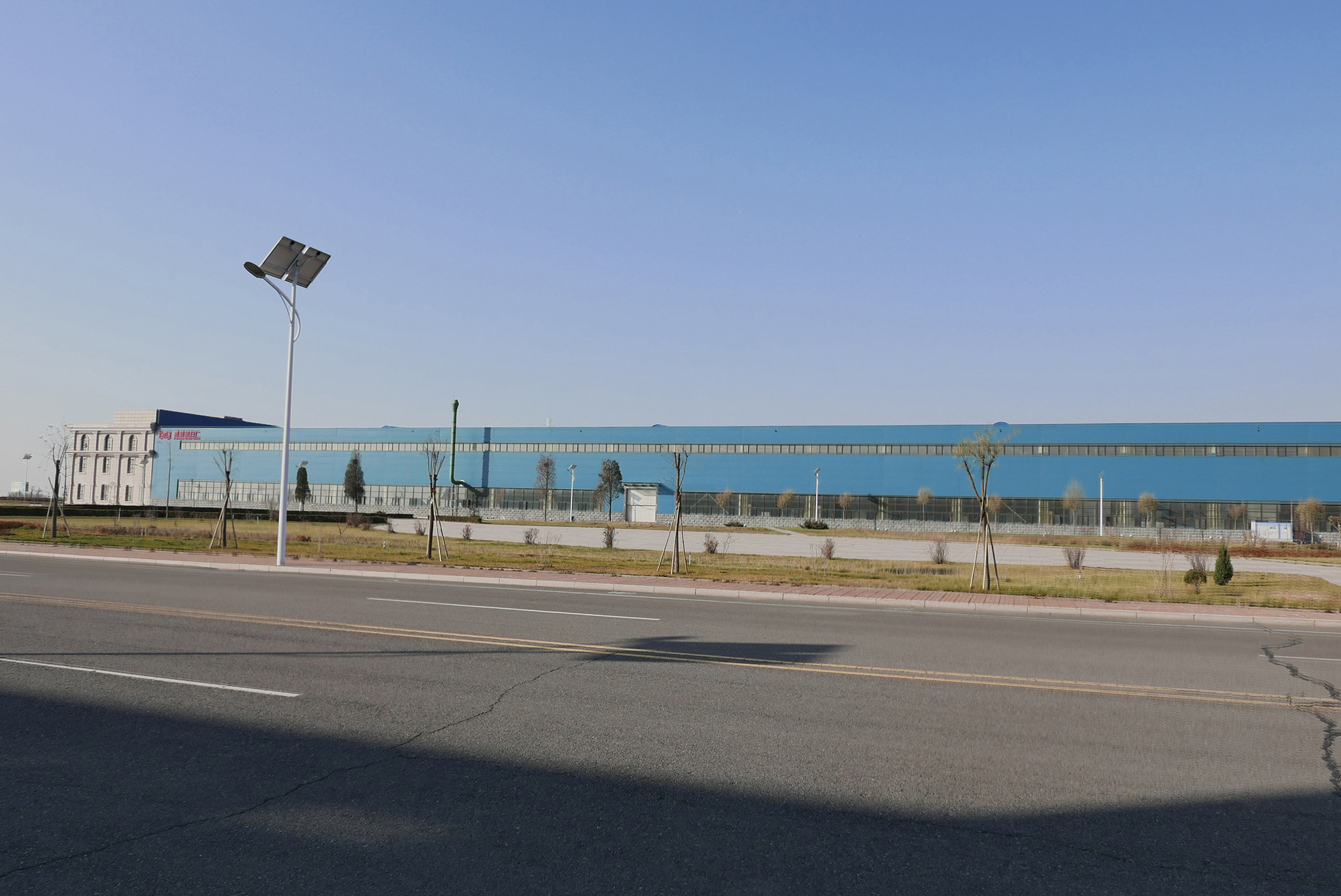- Afrikaans
- Albanian
- Amharic
- Arabic
- Armenian
- Azerbaijani
- Basque
- Belarusian
- Bengali
- Bosnian
- Bulgarian
- Catalan
- Cebuano
- China
- China (Taiwan)
- Corsican
- Croatian
- Czech
- Danish
- Dutch
- English
- Esperanto
- Estonian
- Finnish
- French
- Frisian
- Galician
- Georgian
- German
- Greek
- Gujarati
- Haitian Creole
- hausa
- hawaiian
- Hebrew
- Hindi
- Miao
- Hungarian
- Icelandic
- igbo
- Indonesian
- irish
- Italian
- Japanese
- Javanese
- Kannada
- kazakh
- Khmer
- Rwandese
- Korean
- Kurdish
- Kyrgyz
- Lao
- Latin
- Latvian
- Lithuanian
- Luxembourgish
- Macedonian
- Malgashi
- Malay
- Malayalam
- Maltese
- Maori
- Marathi
- Mongolian
- Myanmar
- Nepali
- Norwegian
- Norwegian
- Occitan
- Pashto
- Persian
- Polish
- Portuguese
- Punjabi
- Romanian
- Russian
- Samoan
- Scottish Gaelic
- Serbian
- Sesotho
- Shona
- Sindhi
- Sinhala
- Slovak
- Slovenian
- Somali
- Spanish
- Sundanese
- Swahili
- Swedish
- Tagalog
- Tajik
- Tamil
- Tatar
- Telugu
- Thai
- Turkish
- Turkmen
- Ukrainian
- Urdu
- Uighur
- Uzbek
- Vietnamese
- Welsh
- Bantu
- Yiddish
- Yoruba
- Zulu
ਨਵੰ. . 13, 2024 16:17 Back to list
gray iron casting foundry
The Importance of Gray Iron Casting in Modern Industry
Gray iron casting has long been a cornerstone of the manufacturing industry, owing to its unique properties and versatility. This process involves pouring molten gray iron into molds to produce parts and components used in various applications, from automotive to construction. Its widespread use underscores its significance in modern industrial operations.
What is Gray Iron?
Gray iron is a type of cast iron characterized by its high carbon content, which leads to the formation of graphite flakes within the iron matrix. This distinctive structure imparts several important properties, making gray iron particularly useful for casting applications. The presence of graphite not only enhances machinability and wear resistance but also improves vibration dampening, making it an ideal material for engine blocks, pipes, and machine housings.
Benefits of Gray Iron Casting
1. Cost-Effectiveness One of the primary advantages of gray iron casting is its economical nature. The materials required are relatively inexpensive, and the casting process can be performed at scale, allowing for lower production costs. For manufacturers, this translates into competitive pricing for end products.
2. Excellent Fluidity Gray iron exhibits excellent fluidity when molten, which means it can fill intricate mold designs effectively. This allows for the creation of complex shapes with thin walls and fine details, providing engineers with design flexibility while minimizing waste.
3. Thermal Conductivity The thermal properties of gray iron are quite favorable. It has excellent thermal conductivity, allowing heat to spread evenly. This is especially beneficial in automotive applications, where engine components need to manage heat efficiently. Gray iron's ability to handle thermal stress makes it a preferred choice for many high-temperature applications.
4. Durability and Strength With its high tensile strength and durability, gray iron is capable of withstanding significant wear and tear. Its wear resistance is particularly valued in components subjected to friction, making it suitable for heavy machinery and automotive parts.
gray iron casting foundry

5. Casting Smoothness The graphitic microstructure of gray iron also results in a sleek finish once cast. This reduces the need for extensive post-processing or machining, thereby saving time and additional costs during manufacturing.
Applications in Various Industries
Gray iron casting serves a multitude of industries. In automotive, it is extensively used for producing engine blocks, cylinder heads, and brake components. These parts benefit from the material’s strength and ability to dampen vibrations, contributing to better performance and longevity in vehicles.
In the construction industry, gray iron is often used for making heavy-duty manhole covers, drainage pipes, and industrial machinery parts. The material’s resistance to corrosion and durability in harsh environments make it ideal for such applications.
Additionally, the foundry industry relies heavily on gray iron casting for producing machine frames, support structures, and other critical components that require robust solutions. Given its ability to be cast in a variety of shapes and sizes, gray iron is capable of meeting the diverse needs of modern engineering and manufacturing.
The Future of Gray Iron Casting
As technology advances, the processes surrounding gray iron casting continue to evolve. Foundries are increasingly adopting automation and advanced methodologies such as 3D printing for mold creation. These innovations not only enhance production efficiency but also allow for greater precision in manufacturing.
Moreover, with an increasing emphasis on sustainability, foundries are exploring ways to recycle gray iron scrap in their processes, which can further reduce material costs and environmental impact. The ongoing research into enhancing the properties of gray iron, such as improving its corrosion resistance and fatigue strength, promises to extend its application range and efficiency.
In conclusion, gray iron casting remains an integral part of the industrial landscape, impacting various sectors with its unique qualities and applications. As manufacturers continue to seek cost-effective and reliable materials, gray iron will likely adapt and thrive in the face of modern manufacturing challenges. Its significance in the production of durable and efficient components ensures that it will remain a foundational material for years to come.
-
8mm Thin-Walled Cast Steel Manhole Cover Pallet Bottom Ring | Durable
NewsAug.04,2025
-
Premium Cast Iron Water Main Pipe: Durable, Corrosion-Resistant
NewsAug.03,2025
-
Durable Cast Iron Water Mains | AI-Optimized Systems
NewsAug.02,2025
-
High-Efficiency Propane Boiler for Baseboard Heat | Save Energy
NewsAug.01,2025
-
Premium Source Suppliers for Various Gray Iron Castings
NewsJul.31,2025
-
Durable Cast Iron Water Main Pipes | Long-Lasting
NewsJul.31,2025


